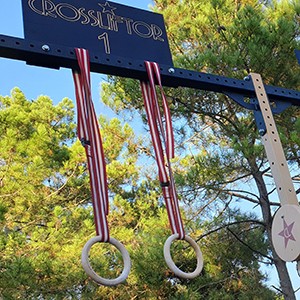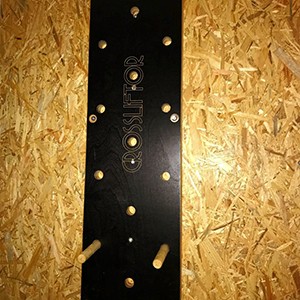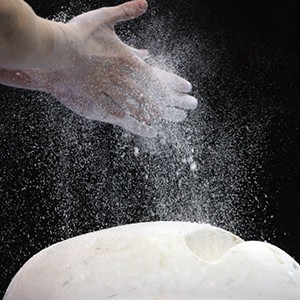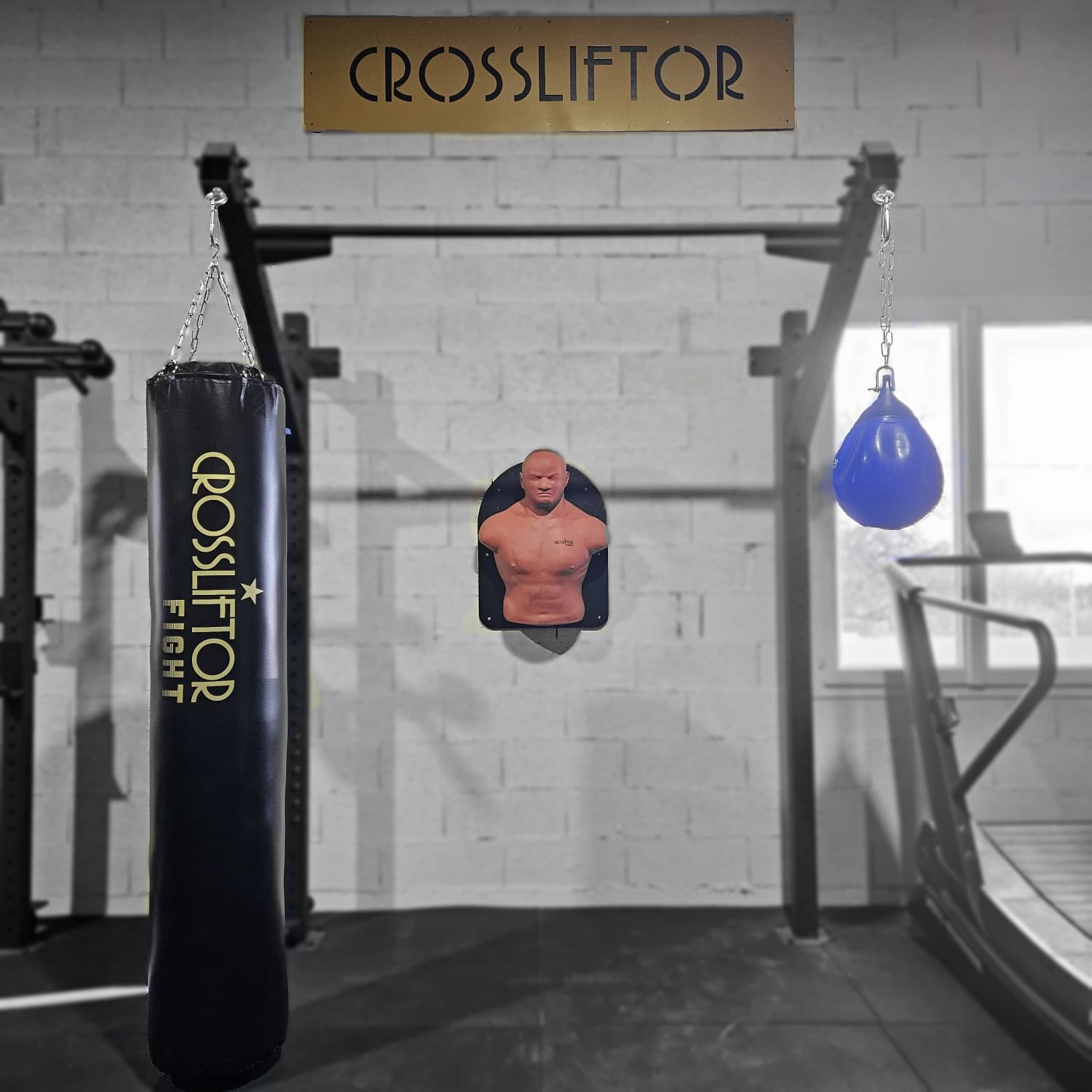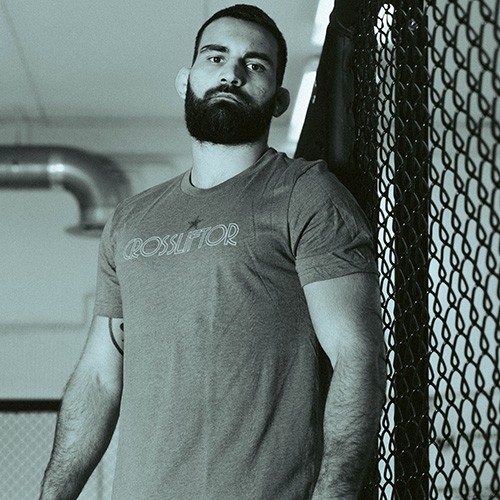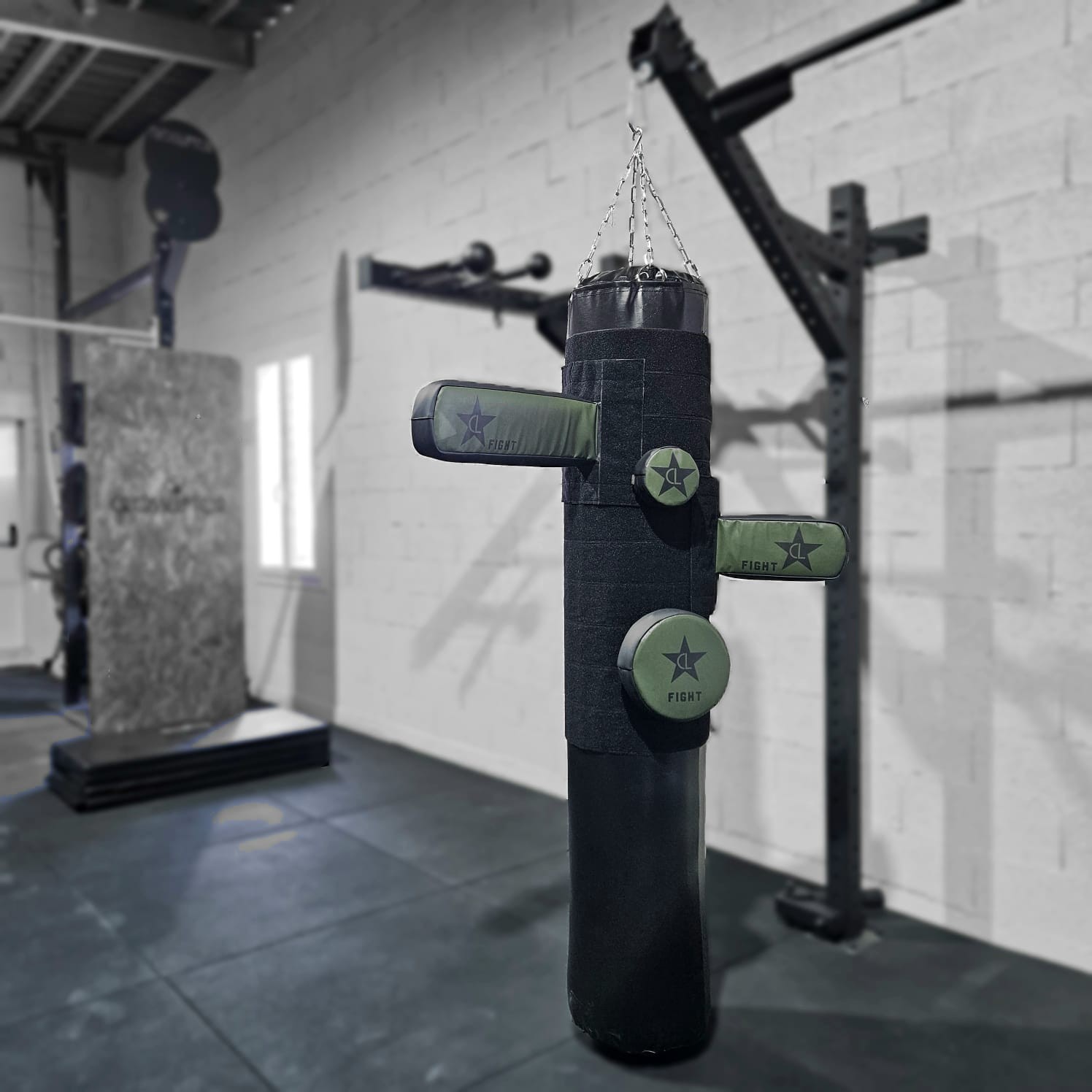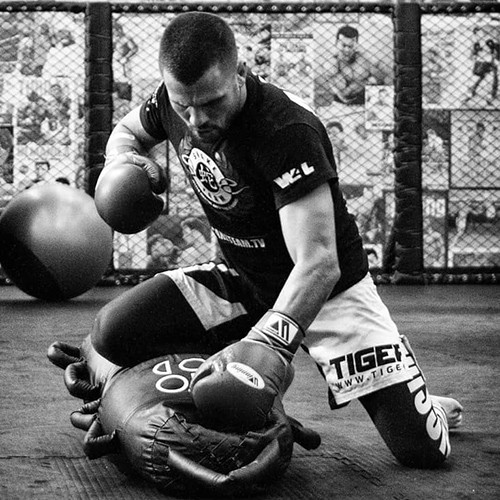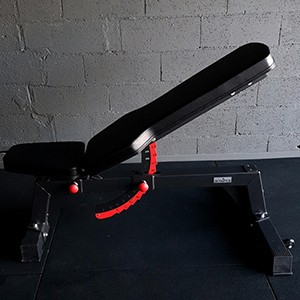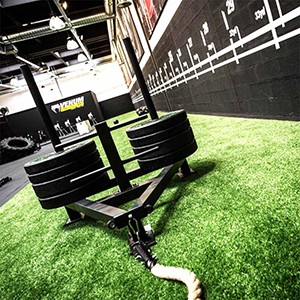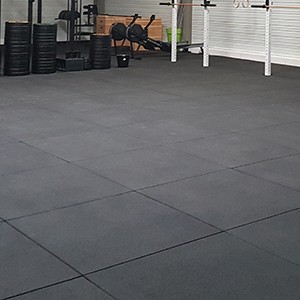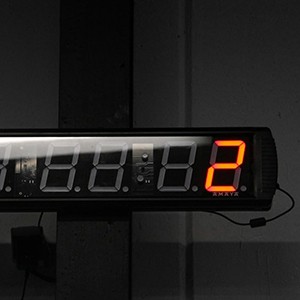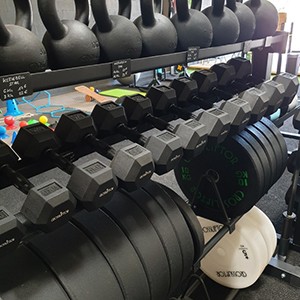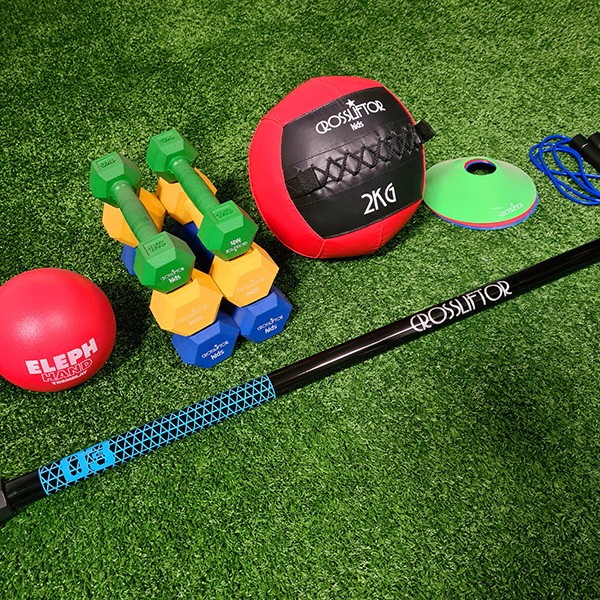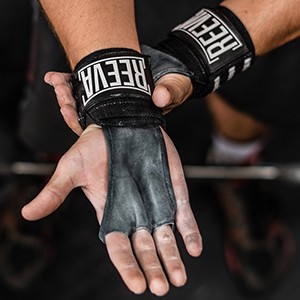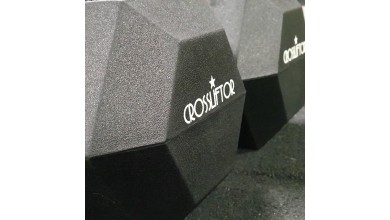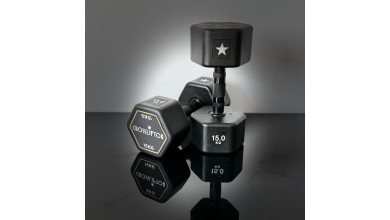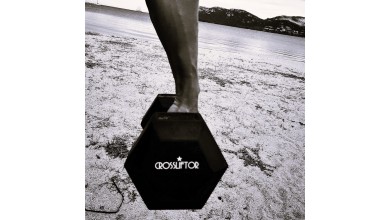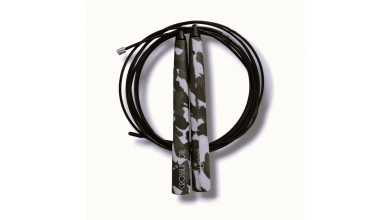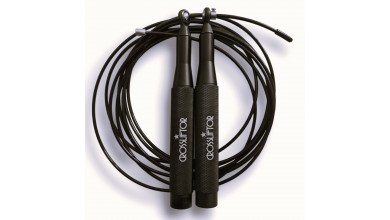How to Build Your Trapezius Muscles with Dumbbells - Crossliftor
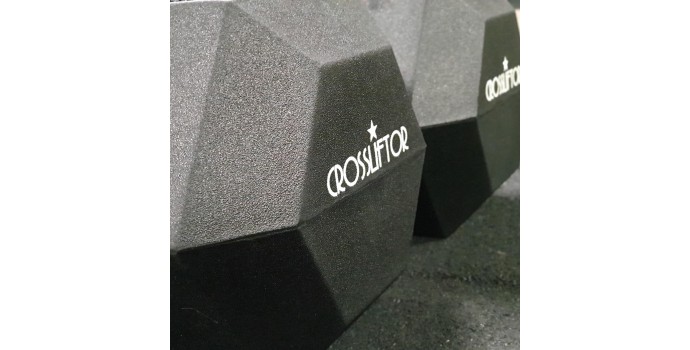
Sometimes overlooked in bodybuilding exercises in favor of the biceps, pectorals or triceps, the trapezius are nevertheless key muscles for improving posture and the overall appearance of a silhouette. Divided into three sections, they're essential if you want to perform well in weightlifting and cross-training, and develop a strong, athletic back! You can do them in different ways, but whether you're at home or in the gym, dumbbells are more practical and available. So let's take a look at our top 5 dumbbell trapeze exercises !
The dumbbell shrug
The Dumbbell Shrug, one of the most popular dumbbell exercises , can also be performed using a barbell, but we prefer to recommend dumbbells, as they offer greater mobility. The muscles targeted are the upper trapezius fasciculus , and the flexor and extensor muscles of the fingers and wrist.
To perform a clean and efficient Shrug, follow these simple guidelines:
- Stand with a dumbbell in each hand, arms at your sides and shoulder blades clasped.
- Raise your shoulders vertically, keeping your arms straight throughout the exercise.
- Return to the initial posture, then inhale again before continuing the next movement on the exhale.
- Remember to look straight ahead and keep your spine straight.
The weighted shrug is a non-rotational shrug that builds upper trapezius muscle, so we recommend including it in a more complete routine with additional exercises.
Military bench press
Also known as the "strict press" in bodybuilding circles, the military bench press is complementary to dumbbell shrugs. This exercise targets the shoulders, anterior and middle deltoids, triceps, abdominals and lumbar region. The entire upper anatomy is included in this movement, which increases strength and volume.
The military bench press technique is as follows:
- Position yourself either standing or seated, although seated is preferable for fitness beginners.
- Place your back on the support, then grasp the bar (or weights) pronated in each hand at ear level.
- Standing, place your feet in a V-shape, shoulder-width apart, or in some cases heel-to-heel, but above all firmly planted on the ground!
- On exhale, with your back neutral and sheathed, push until your arms are fully extended vertically.
- Return to the initial position on inhale, then repeat until you reach the total number of repetitions determined for your workout.
Dumbbell high pull
The dumbbell high pull exercise, commonly known as the "high pull", is a very useful way of developing technique and strength in the world of weightlifting, particularly for clean & jerk or snatch movements. In fact, when an athlete performs this type of movement, he or she mainly calls on the trapezius which enables the bar to be lifted up to the shoulders. This is one of the best exercises for muscling the entire trapezius, while promoting engagement of the lower anatomy, from the hips to the ankles.
To achieve a quality high pull and strengthen your dumbbell trapezius during your workout, follow these posture tips:
- Stand with feet hip-width apart, elbows and knees unlocked, holding a dumbbell in each hand. Hands
- at thigh level, raise elbows outwards and bring weights towards chest, then lower back down.
- Contract abdominals and keep shoulders low.
- Inhale on the way down and exhale on the way up.
If you do it with a barbell, it's different. Start on the floor or bar at ankle level, knees bent, back straight, chest fully extended, looking straight ahead. Mark the position, inhale, block the air and pull the bar gently up to your knees, sticking to your ankles. Note that the buttocks should not rise first, but that the body should rise together to the vertical by pushing on the legs. Once past the knees, the bar hits the pelvis and follows a vertical trajectory to the pectorals. Once past the pelvis, the trapezoids come into play, providing all the necessary traction.
Y-lift
Also performed on the floor, the Y-lift is an isolation exercise, i.e. one that specifically targets a muscle or joint. In this case, this trapezius-building exercise will reinforce muscle growth in the lower trapezius. It's an effective way to improve shoulder mobility and define the silhouette.
Start by taking on a light weight (around 4 kg, or even less depending on how you feel), as the priority is to target the lower part of the trapezius too often neglected in bodybuilding and fitness. The aim is not to go heavy, but to perform a clean movement and not engage another muscle to compensate.
- Standing with your feet shoulder-width apart, bend your knees while keeping your back straight in its natural axis.
- Looking down at the floor, abs contracted and elbows unlocked, hold each dumbbell in your hand in a fixed grip and let your arms hang.
- While bringing your shoulder blades together and exhaling, raise your arms to form a Y shape with your body, at an angle of between 30° and 45° to your torso.
- After pausing for 2 seconds in the upper position, slowly lower yourself back down while inhaling.
Reverse fly
When you perform a reverse fly, you engage the upper muscles of your body, namely the middle trapezius, upper back and shoulder blades. When performing this exercise, it's essential to focus your attention on the middle of the trapezius so as not to engage the shoulder muscles as the arms come up.
Here are some tips for performing this exercise with the weight of your choice:
- Lie on your stomach on an inclined bench, making sure that your entire torso and abdomen are glued to the support.
- Grasp a weight in each hand, thumbs up and arms extended towards the floor.
- On an exhalation, raise your arms to your sides so that they are parallel to the floor.
- Pause for 2 seconds, then slowly inhale and return to the starting position.
- As you contract your muscles, make sure you squeeze your shoulder blades together and use the strength of your back muscles to complete the movement.
The point of lying on a bench is to engage only the strength of the targeted muscles, so focus your thoughts on the area in question, breathe well and don't overload at first.
FAQ : Trapezius and barbell training
Why strengthen your trapezius?
The trapezius are back muscles divided into 3 fascicles: upper, middle and lower. Located around the spinal column, they provide a link between the neck, shoulders and back. Together with the rhomboid muscle, they contribute to the thickness and stability of the back. Each has its own function: the upper one shrugs the shoulders, extends the head backwards, and tilts and rotates the head. The middle fascicle allows the shoulder to move backwards, but also brings the shoulder blade closer to the spine. Finally, the lower part is needed to lower the shoulders, decompress the joint and improve overall posture. Strengthening the trapezius , apart from the simple aesthetic issue that counts for some, is essential for your general health and the position of your back, especially if you're sedentary.
How to work the trapezius with dumbbells?
Start your session with a thorough warm-up, targeting both muscles and joints. A few slow movements to loosen up your joints, followed by 5 to 10 minutes of cardio training, will be a good basis for warming up your body. If you're a beginner, it's essential to use light equipment: a few kilos are enough to learn to master a position before multiplying the number of repetitions. Don't make the mistake of using a barbell or heavy equipment in the hope of gaining muscle mass quickly, as this will only increase the risk of acute or even chronic injury. During each session, concentrate on the muscle you're working, without neglecting other muscles such as the lower fascicles, which are often forgotten because they're less aesthetic than the upper ones. For maximum results, work them 1 or 2 times a week as part of a back-to-back dumbbell session, for example.
What's the best exercise for the trapezius?
There's no single best exercise for the trapezius , since it all depends on your anatomy, your fitness level and, above all, your personal goals. The key is to focus on the upper and lower fascicles, as well as the adduction of the scapulae (shoulder blades), which enables them to move inwards. However, if there's one dumbbell trapezius exercise we're particularly fond of, it's the reverse fly. It's ideal for working the middle of the trapezius and, to a lesser extent, the upper and lower parts. Don't hesitate to call on a professional for a personalized program that's right for you and your sporting performance.
See our range of dumbbells

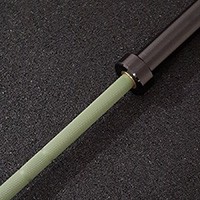
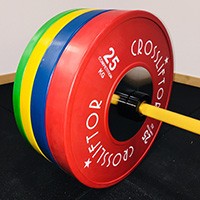
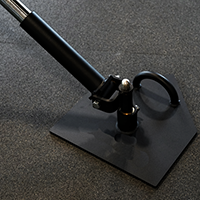
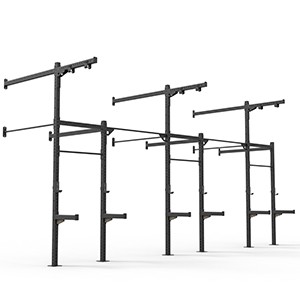
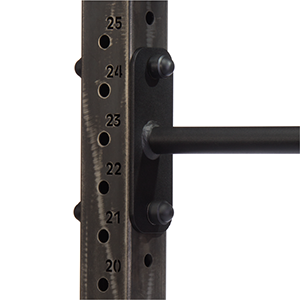
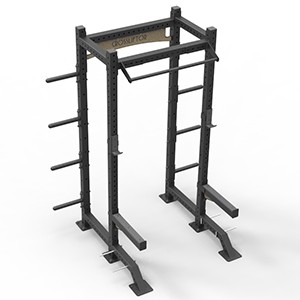
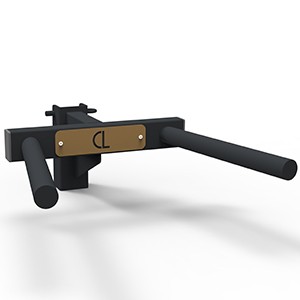
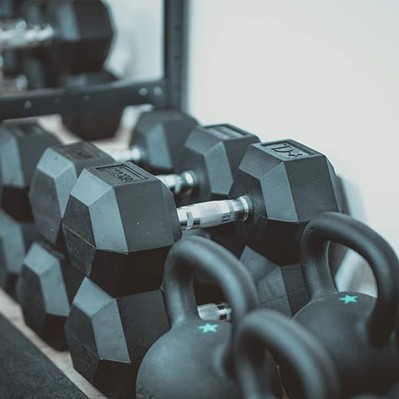
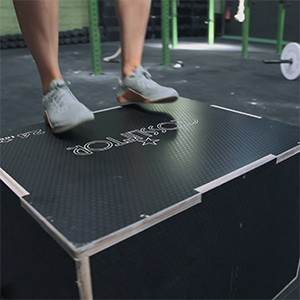
 (1).jpg)
